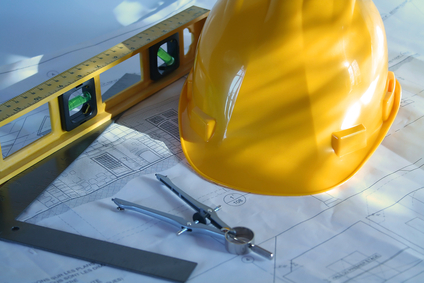Restoring Vs. Rehabilitating Historical Buildings
By Kristina M 2016-04-03 00:00:00

When you are working in the restoration field there are a lot of challenges that contractors face off with. Between meeting a clients needs and the line of discovery to identifying what a client truly wants, there can be a lot of legwork.
As a contractor identifying what the client truly wants is going to be that skeleton key that leads to their satisfaction. With that in mind, as a contractor, or as a client, the following should be taken into consideration if you intend to do work on a historical building.
Restore Vs. Rehab
Understanding the difference between the two is vital and they can be very easy to confuse. By definition this is what each of these mean
- Restore- This means to take a home and bring it to an internal and external appearance of a specific time period. This can be incredibly challenging for a number of reasons, but for the sake of an easy example: plumbing.
- Rehabilitate- In plain English, what this means is to bring a home to a standard where it offers a functional, comfortable living for modern standards. It can have some themes from a specific time period, but opens the door to more modern technology such as kitchen/bathroom upgrades.
Consider Current Conditions
There are several factors that contribute toward whether restoring or rehabilitating is going to be the better option, but as a general guide both the client and contractor should consider:
- The current exterior conditions of a home
- The current interior conditions of a home
And overall, the amount of work it would take to restore particular areas of the home and vice-versa. In some cases if a home is kept in good enough condition restoring can be the cost-effective option on top of being the client preference.
In other cases, however, there might have to be a lot of work done to integrate a restoration that could lead to extremely high expense. Take this into heavy consideration when making a choice on restoring vs. rehabbing.
Research Extensively
If the client/contractor is hoping to restore the home make sure the proper homework is done to make sure it can be done correctly. This could be a number of different considerations, but should definitely include:
- Measurements and any kind of adjustments that need to be made being incorporated into measurements.
- Materials that will be required
- Tools that will be required for the job
Taking into consideration the room that a contractor has to work with, the kind of material that will be needed, and the tools to perform these tasks all need to be properly quoted before making a decision.
Trust the Contractor
Contractors are paid to research this extensively and work in this field of business on a day-to-day routine. This keeps them in the loop and fully aware of what your best options are as a client.
What this means is that while you may have a great image of what you want a property to be, a contractor has the hands-on experience to inform you what your best options truly are. Make the most of the building you want to bring to life and place your trust in a qualified contractor like Heather & Little who has a plethora of experience restoring historical buildings.


